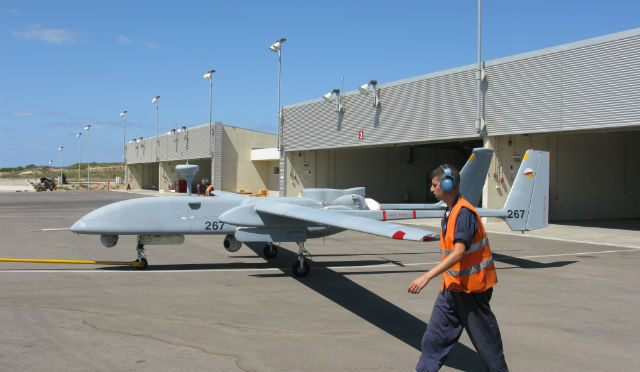The eight days of fighting over Gaza have brought the use of unmanned air vehicles and intelligence sensors to a peak that some Israeli sources have described as "unprecedented".
The combination of a very small geographical area, a policy to try not to affect those uninvolved in the fighting and the type of threat facing Israel created a situation in which several types of UAV and airborne and ground-based intelligence sensors played a major role.
Details of the equipment used remain classified, but the sources say the air and ground forces’ UAV units were strained to their limits.
"The type of surgical warfare fought over Gaza could not have been performed without the massive use of unmanned platforms," one source notes.
 |
|---|
Arie Egozi/Flightglobal |
Missions flown by UAVs (Israeli air force Heron 1/"Shoval" pictured, above) included their carrying communications intelligence payloads to help identify targets involved in the launching of rockets into Israel by Hamas militants.
"This operation proved the importance of looking at a UAV as a system that has to produce the data needed for the commanders," one source says.
While an analysis of the Israeli armed forces’ performance during the "Pillar of Defense" campaign is ongoing, sources say it is already clear that some changes will be made in the future deployment and operational techniques used by the air force’s UAV squadrons.
Source: Flight International



















